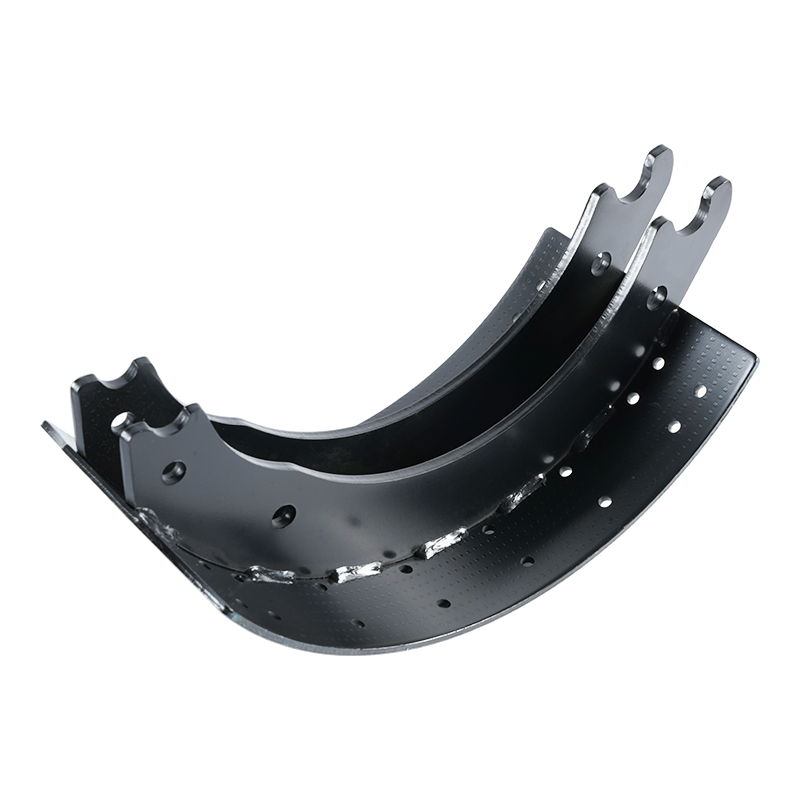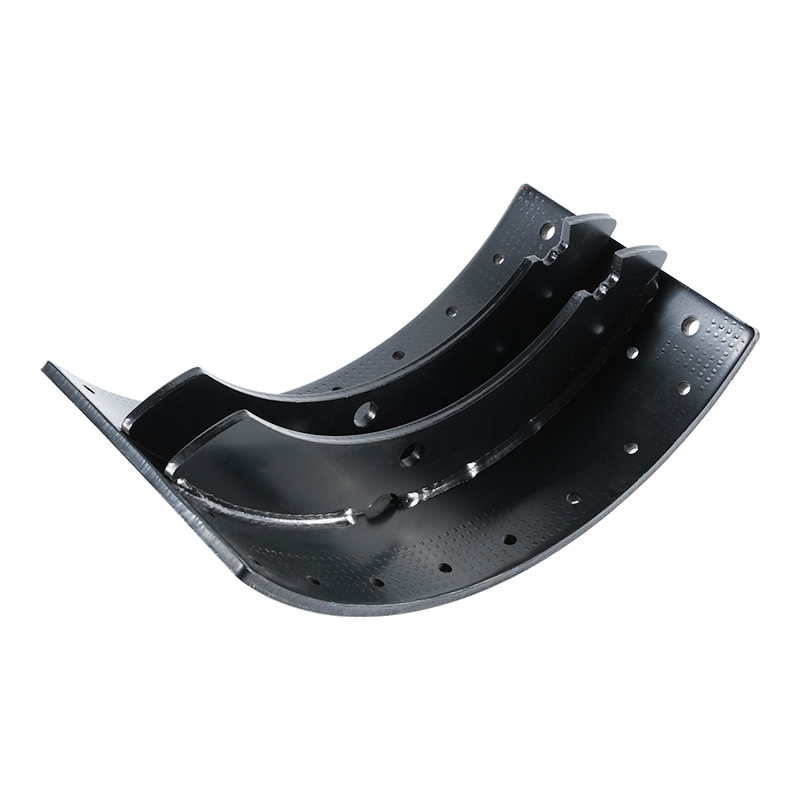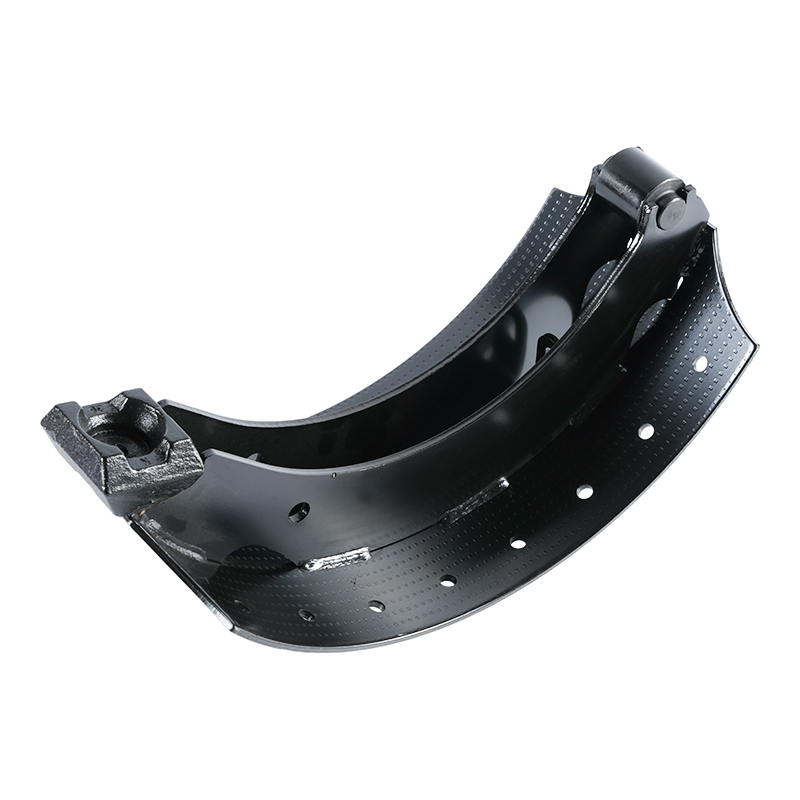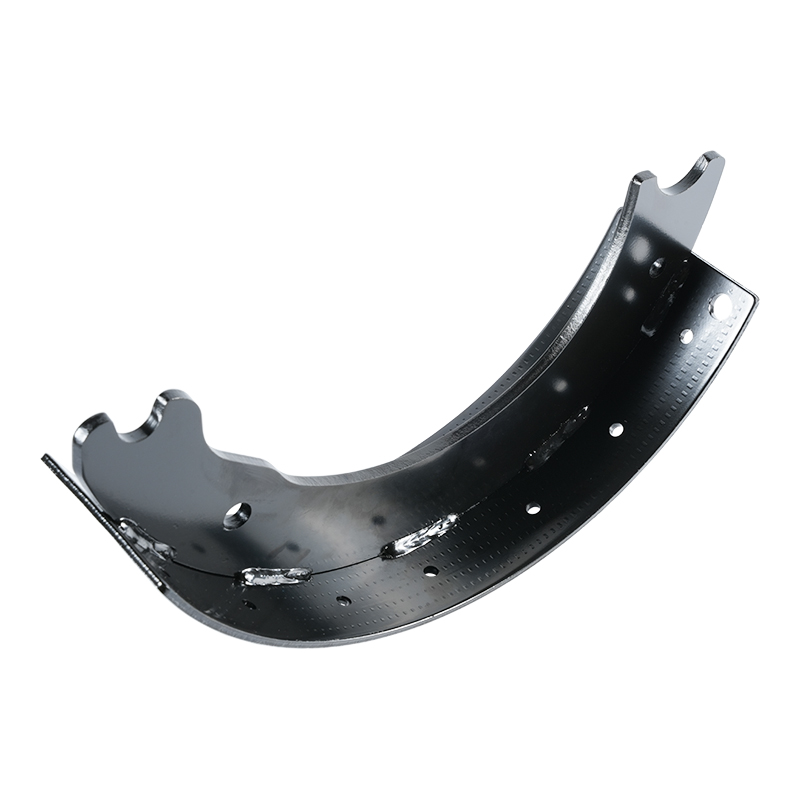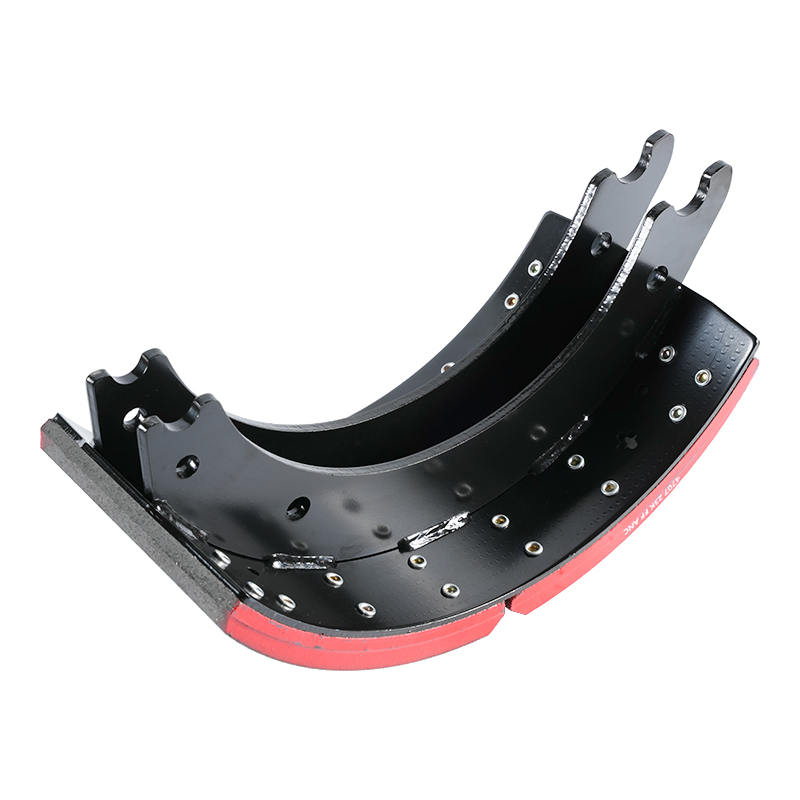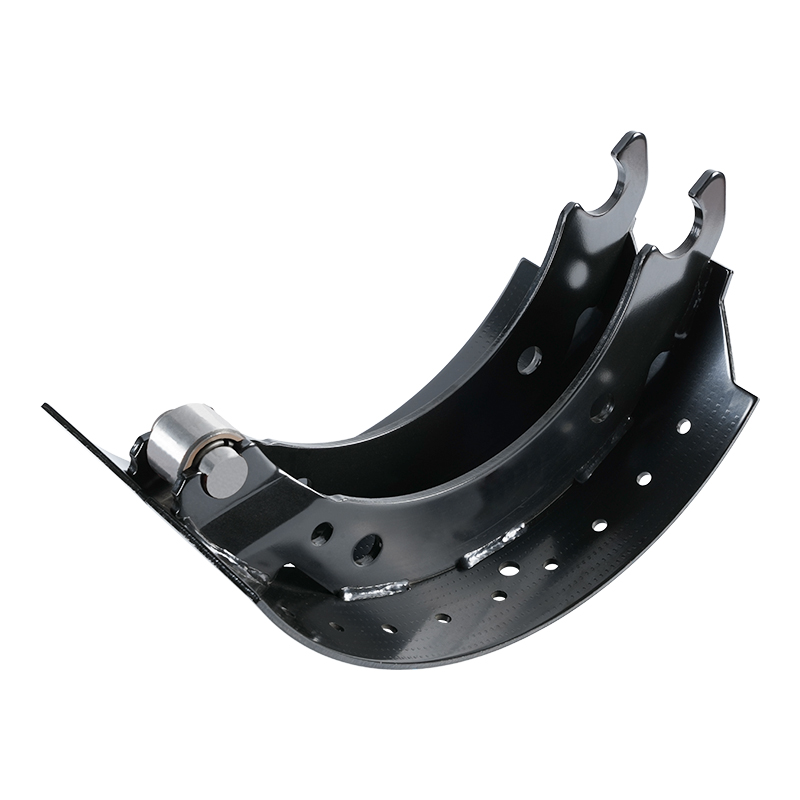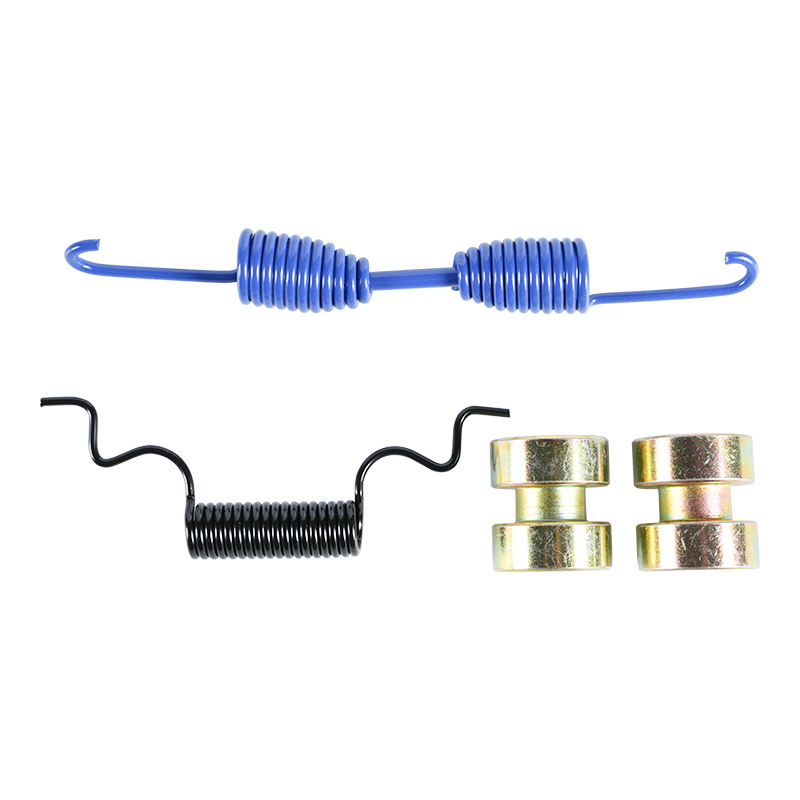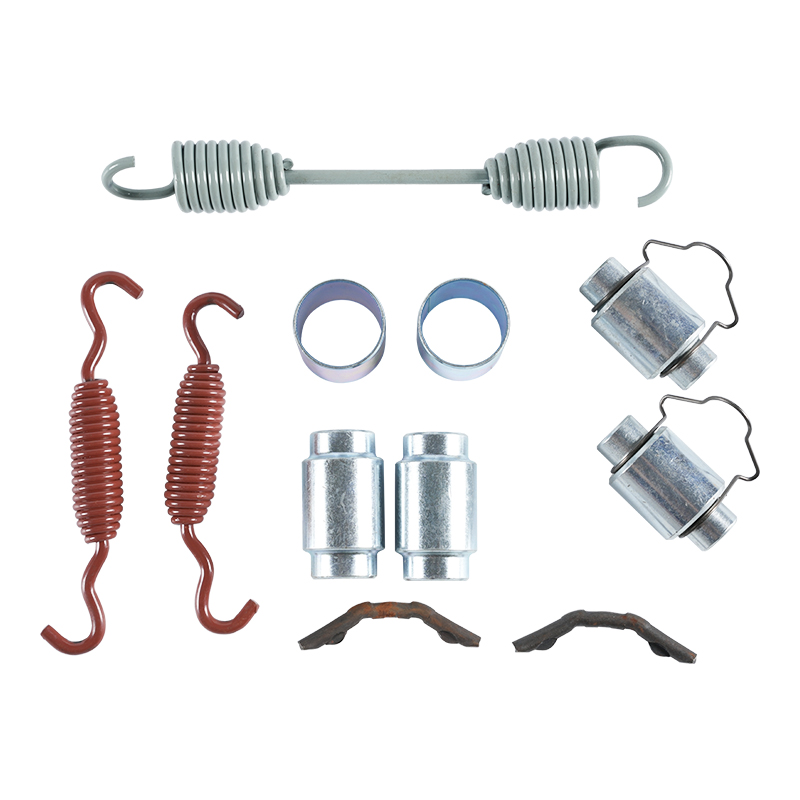Are brake linings the same as brake pads?
 2025.07.15
2025.07.15
 Industry News
Industry News
The terms brake linings and brake pads are often used interchangeably, leading to confusion, but they are not entirely the same. While both are crucial components of a vehicle's braking system, brake pads are a specific type of brake lining.
What are Brake Linings?
Historically, brake lining (sometimes referred to as friction lining or clutch lining) is a broader term that refers to the friction material that presses against a rotating surface to slow or stop motion. In the early days of automotive brakes, and still in some heavy-duty or older drum brake systems, the friction material was sold as a long, continuous strip or sheet. This strip, the brake lining, would then be cut and riveted or bonded to a metal brake shoe. The brake shoe, with its attached lining, would then press against the inside of a brake drum to create friction and slow the wheel.
The primary function of any brake lining material is to convert kinetic energy (motion) into thermal energy (heat) through friction, thereby slowing or stopping the vehicle. The material used for linings needs to be durable, heat-resistant, and provide consistent friction characteristics.
What are Brake Pads?
Brake pads are a more modern and prevalent form of brake lining, specifically designed for disc brake systems. Unlike the continuous strips, brake pads are pre-formed, rigid blocks of friction material typically bonded to a steel backing plate. When you press the brake pedal, hydraulic pressure forces a caliper to squeeze the brake pads against a spinning metal disc (rotor). This action generates friction, slowing the rotation of the disc and, consequently, the wheel.
Key differences and evolution:
-
Application: Brake linings (in their broader sense) are used in both drum brakes and disc brakes. Brake pads are exclusively used in disc brake systems.
-
Form Factor: Traditional brake linings for drum brakes were often supplied as rolls or long strips to be custom-fitted. Brake pads are pre-manufactured as self-contained units.
-
Prevalence: Disc brakes, and thus brake pads, are now standard on the front wheels of almost all modern passenger vehicles due to their superior stopping power, heat dissipation, and resistance to fade. Drum brakes are still found on the rear wheels of some vehicles or in specific heavy-duty applications.
-
Maintenance: Replacing brake pads is generally a simpler process than re-lining drum brake shoes, as pads are designed for easy bolt-on replacement.
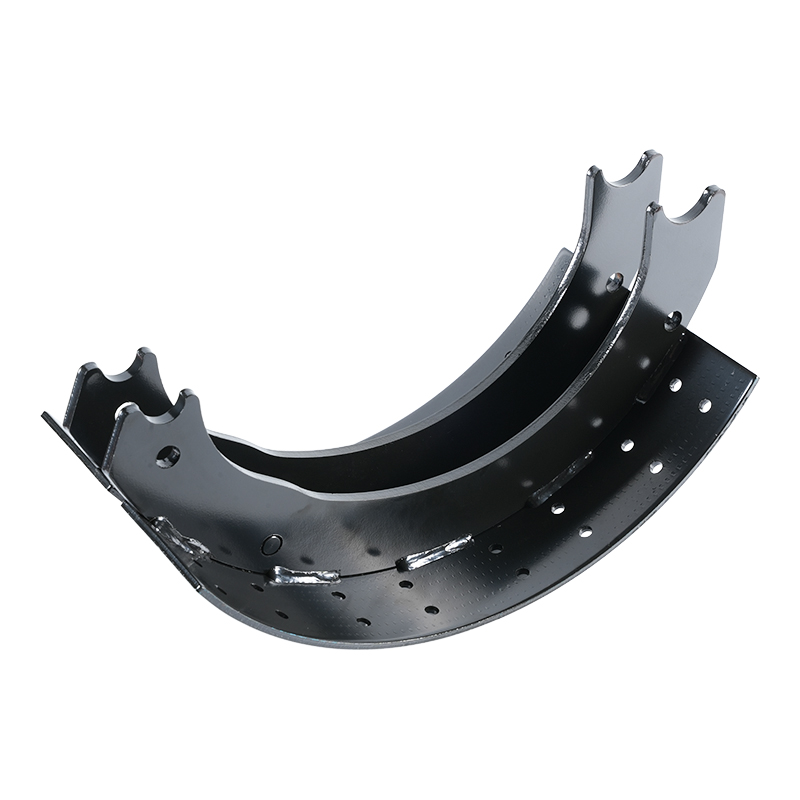
The Material Matters
Regardless of whether it's a drum brake lining or a disc brake pad, the friction material itself is critical. Over the years, the composition of these friction materials has evolved significantly to improve performance, durability, and reduce environmental impact. Early linings contained asbestos, but due to health concerns, manufacturers now use a variety of materials, including:
-
Organic Non-Asbestos Organic (NAO): Made from a mix of fibers (glass, rubber, carbon) and resins. Quieter but may wear faster.
-
Semi-Metallic: Composed of 30-65% metals (copper, iron, steel, brass) blended with organic fillers. Durable and good for performance but can be noisy.
-
Low-Metallic NAO: Similar to organic but with small amounts of metal. A good balance between performance and noise.
-
Ceramic: Made from ceramic fibers, fillers, and bonding agents. Offer clean operation, low noise, excellent stopping power, and good wear life.
Conclusion
In summary, while the term brake lining can encompass any friction material used in a braking system, brake pads are a specific, pre-formed type of brake lining designed for modern disc brakes. So, while all brake pads are brake linings (or rather, contain the friction material that acts as a lining), not all brake linings are brake pads. Understanding this distinction is key to comprehending the nuances of automotive braking systems.

 Eng
Eng  中文简体
中文简体
